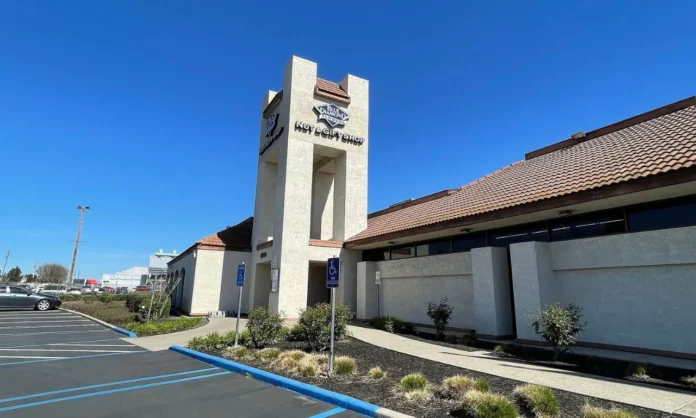Blue Diamond Growers, the world’s leading almond cooperative, has announced a major operational restructuring that will see the closure of its historic midtown Sacramento plant. The decision, positioned as a move to streamline manufacturing and improve efficiency, will shift production to the cooperative’s more modern facilities in Turlock and Salida, California.
The move marks a significant turning point for the 114-year-old agricultural cooperative, which represents nearly 3,000 almond growers across California. While Blue Diamond’s corporate headquarters will remain in Sacramento, the plant closure will impact approximately 600 employees, with the transition taking place gradually over the next 18 to 24 months.
Historic Facility No Longer Suited To Modern Demands
Blue Diamond President and CEO Kai Bockmann cited rising operational costs and the inefficiencies of operating in aging infrastructure as key drivers of the decision.
“Our Sacramento team’s work ethic and incredible drive have enabled us to build Blue Diamond into what it is today,” Bockmann said. “However, the challenges of running a plant from these historical buildings has become too costly and inefficient. Streamlining our manufacturing plants is the right business move to further strengthen our market-leading position and bring increased value to our grower members.”
The midtown Sacramento plant, once a cornerstone of Blue Diamond’s production network, has struggled to keep pace with the cooperative’s growing global demand and processing requirements. Consolidating operations into its more technologically advanced Central Valley facilities will place Blue Diamond’s production capacity closer to many of its grower-members, reducing logistical friction and aligning the supply chain more closely with demand.
Employee Impact And Transition Plan
The company says the transition will begin later this year, starting with a 10% reduction in plant workforce, followed by phased adjustments over the next two years. While job losses are expected, Blue Diamond emphasized its commitment to supporting employees throughout the transition period.
“This is a significant decision as it affects our valued team members. That’s what makes it so difficult,” Bockmann said. “Even though most employees will not leave this year, we want to be transparent and tell our people as soon as possible.”
The company has pledged to offer severance, outplacement support, and stay-on incentives, as well as potential relocation opportunities to its Turlock and Salida sites. The phased approach is designed to give affected workers time to prepare and make informed decisions about their future.
Strategic Realignment for Future Growth
This realignment comes as Blue Diamond continues to expand its global footprint in the value-added almond sector, from ingredients and nut-based snacks to health-oriented dairy alternatives. By focusing operations in its state-of-the-art Turlock and Salida plants—both located in the heart of California’s almond-growing region—the cooperative aims to boost scalability, reduce costs, and drive further innovation.
The Turlock facility, in particular, has received industry praise for its food safety standards, energy efficiency, and product innovation capabilities since opening in 2013. By centralizing more of its operations there, Blue Diamond is doubling down on its commitment to serve as a global benchmark in almond processing and quality.
Sacramento Site Could Attract Redevelopment Interest
Although the Sacramento plant’s closure represents the end of an era, Blue Diamond is optimistic about the future potential of the site itself. The more than 50-acre property—located near downtown Sacramento—could present redevelopment opportunities for commercial, residential, or mixed-use projects. The company says it is actively exploring sale options and expects strong interest from investors.
Commitment to Growers and California Roots Remains
Despite the closure, Blue Diamond reiterated that its corporate headquarters will remain in Sacramento, and that the cooperative remains firmly committed to its California grower base.
“Our mission is—and always has been—to maximize returns for our grower members,” said Bockmann. “This decision ensures we are well positioned to do just that for decades to come.”
As consolidation becomes a broader trend across food processing and agri-cooperative sectors, Blue Diamond’s move underscores how legacy companies are adapting to remain competitive in a rapidly evolving global market.



